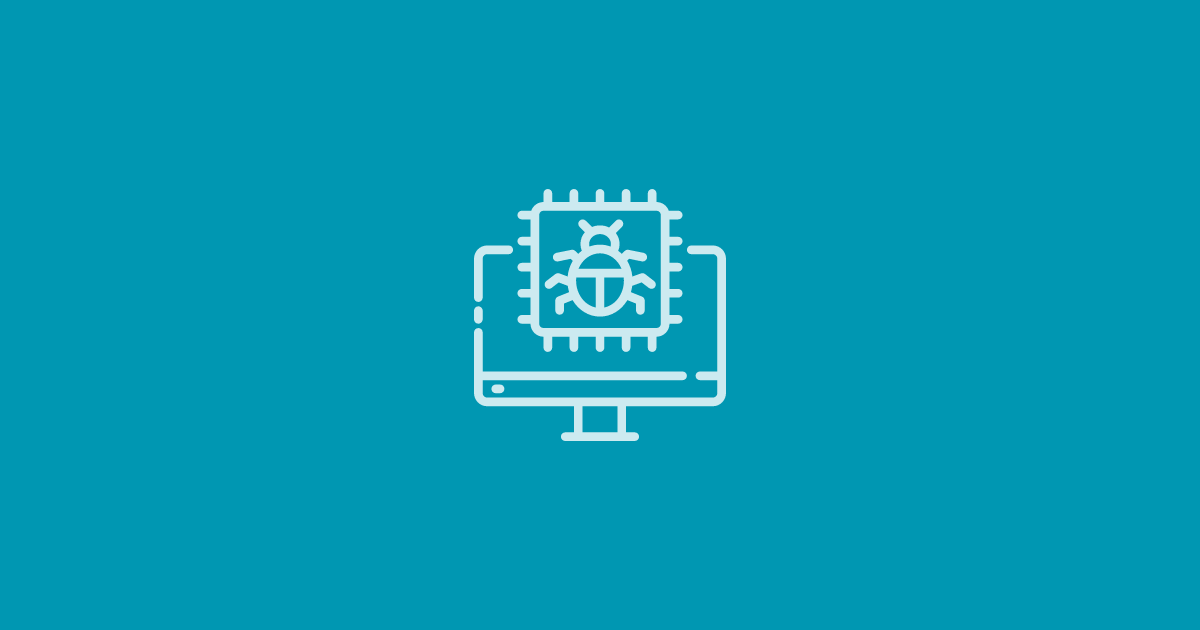7 Places where malware can hide

Malware can hide in various places on a computer or network. Here are some common locations where malware may hide:
- System files: Malware can disguise itself as legitimate system files or inject malicious code into existing files.
- Temporary folders: Malware often uses temporary folders to hide and execute its operations, taking advantage of the chaotic nature of these locations.
- Registry: Malware may modify the Windows Registry or similar system databases to gain persistence and control over the infected system.
- Browser extensions: Malicious browser extensions can be a hiding spot for malware, as they can monitor your browsing activities and inject unwanted advertisements or collect personal information.
- Email attachments: Malware can be hidden within email attachments, especially those from unknown or suspicious sources.
- Downloads: Illegitimate or compromised software downloads from untrustworthy websites can contain malware, making it important to only download from reputable sources.
- External storage devices: Malware can spread through infected USB drives or external hard disks, so it’s crucial to be cautious when connecting such devices to your computer.
To protect yourself from malware, it’s recommended to have up-to-date antivirus software, avoid downloading files from untrusted sources, be cautious with email attachments, and regularly update your operating system and applications.




